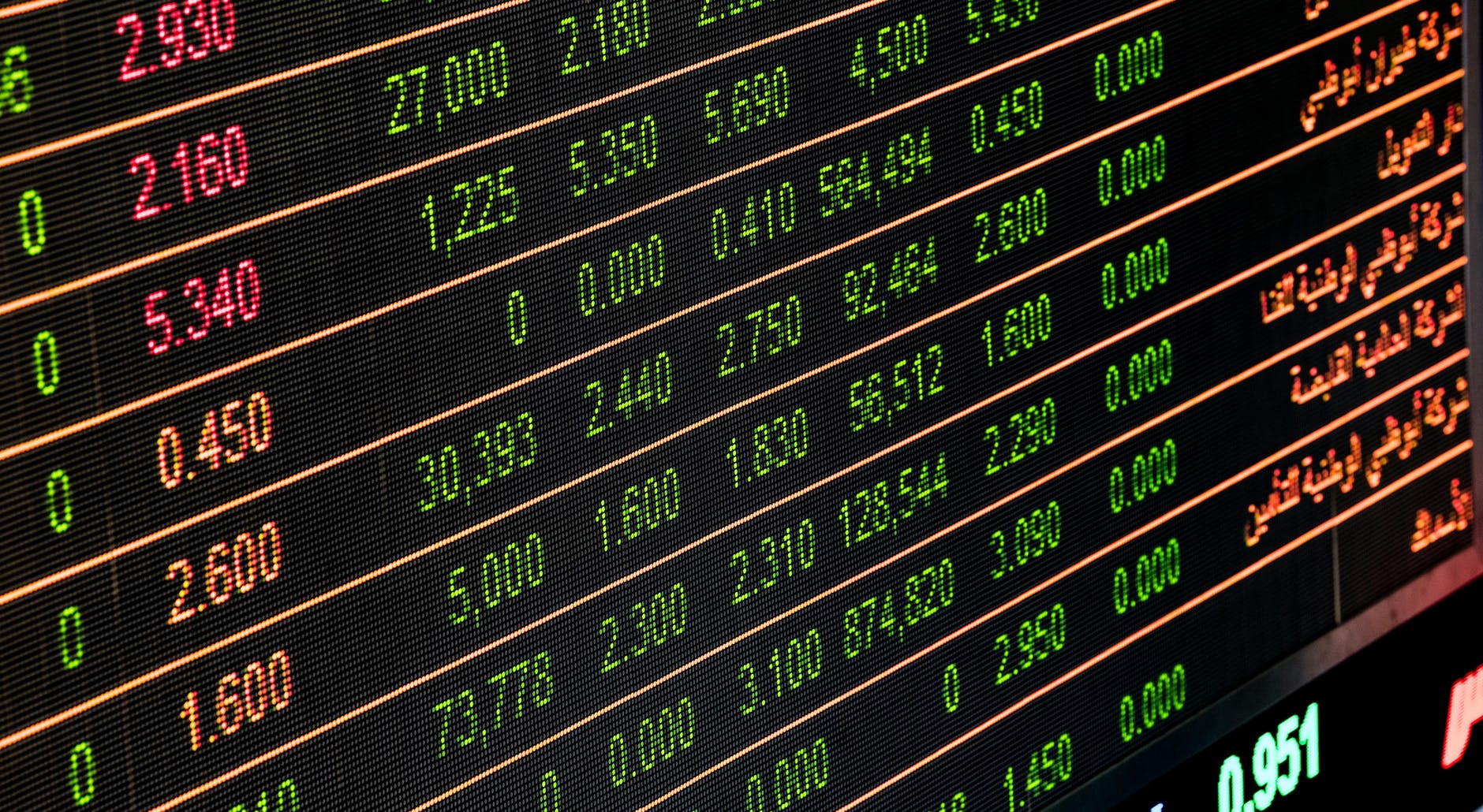Grow Your Investment- VIG Vs. VYM?
Exchange-traded funds, or ETFs, have become some of the hottest commodities on the stock market. This has been the subject of most investment activities of the financial accounts in the United States.
Author:Gordon DickersonReviewer:James PierceJan 14, 2022193.1K Shares3M Views

Exchange-traded funds, or ETFs, have become some of the hottest commodities on the stock market. This has been the subject of most investment activities of the financial accounts in the United States.
This being said, Vanguard is one of the most prominent managers of these funds for many reasons. Not only do their funds have a track record of outstanding performance, but they also offer some of the lowest fees in the industry.
Even funds managed by the same manager, however, will perform differently. This is where Vanguard’s VIG and VYM funds come in. If you’re looking into which one will be better to invest in, then read on to the following sections for an in-depth look at VIG vs VYM.
Performance History
VIG has been a standout performer since its debut, notably among dividend-focused funds. Investors in the fund have seen a return of more than 34% over the last year.
Returns during the last three, five, and ten years have been 17.21%, 15.42%, and 13.01%, respectively.
To put that into perspective, dividend-centric ETFs' average returns over the last year, three years, five years, and ten years have been 13.45%, 10.14%, 15.76%, and 7.33%, respectively, highlighting the fund's amazing success.
VYM, on the other hand, has a rating of four out of five stars, but as you'll see below, its historical performance has lagged below VIG.
The fund’s investors have had gains of 37.24%over the last year, surpassing the market. However, its returns over the last three, five, and ten years have been 11.66%, 11.43%, and 12.28%, respectively. This is somewhat lower than the VIG fund.
Investing Style
The stock must be listed on the Nasdaq US Dividend Achievers Select Index, formerly known as the Dividend Achievers Select Index, in order to be evaluated for investment by VIG. This index includes companies that have a lengthy history of growing dividend payments on an annual basis for at least the previous ten years.
Rather than investing in companies with a long history of increasing dividends, the Vanguard High Dividend Yield ETF focuses on companies with higher dividend yields than their industry averages.
Investing Cost
The expenses associated with ETFs are defined with an easy-to-understand expense ratio, and the charges of these two funds are identical.
VIG and VYM both have a 0.06% expenditure ratio, which is among the lowest in the business. To put that in perspective, an ETF's average cost ratio is around 0.44%, so the fees for both of these products are significantly lower than industry averages.
Dividend Yield
Dividend rates on VIG have fluctuated from 1.49% to 2.39% over the last five years, which is almost half of VYM's yield.
For VYM fund's dividend yield, it has fluctuated from 2.64% to 4.5% over the last five years, well surpassing its competitor.
Final Answer
In short, from its inception, VIG has trounced VYM on every parameter — better return, lower volatility, fewer drawdowns, and a far higher risk-adjusted return (Sharpe). VYM also underperformed the P500 index over the same time period.
To be fair, it’s worth noting that VYM has a higher loading value than VIG, and the Value factor has deteriorated throughout the backtested period.
Overall, the VYM fund is the obvious choice for those looking for income, while the VIG fund is the obvious choice for those looking for growth. If you want exposure to both, though, combining the two funds is a fantastic way to go.

Gordon Dickerson
Author
Gordon Dickerson, a visionary in Crypto, NFT, and Web3, brings over 10 years of expertise in blockchain technology.
With a Bachelor's in Computer Science from MIT and a Master's from Stanford, Gordon's strategic leadership has been instrumental in shaping global blockchain adoption. His commitment to inclusivity fosters a diverse ecosystem.
In his spare time, Gordon enjoys gourmet cooking, cycling, stargazing as an amateur astronomer, and exploring non-fiction literature.
His blend of expertise, credibility, and genuine passion for innovation makes him a trusted authority in decentralized technologies, driving impactful change with a personal touch.

James Pierce
Reviewer
James Pierce, a Finance and Crypto expert, brings over 15 years of experience to his writing. With a Master's degree in Finance from Harvard University, James's insightful articles and research papers have earned him recognition in the industry.
His expertise spans financial markets and digital currencies, making him a trusted source for analysis and commentary. James seamlessly integrates his passion for travel into his work, providing readers with a unique perspective on global finance and the digital economy.
Outside of writing, James enjoys photography, hiking, and exploring local cuisines during his travels.
Latest Articles
Popular Articles

